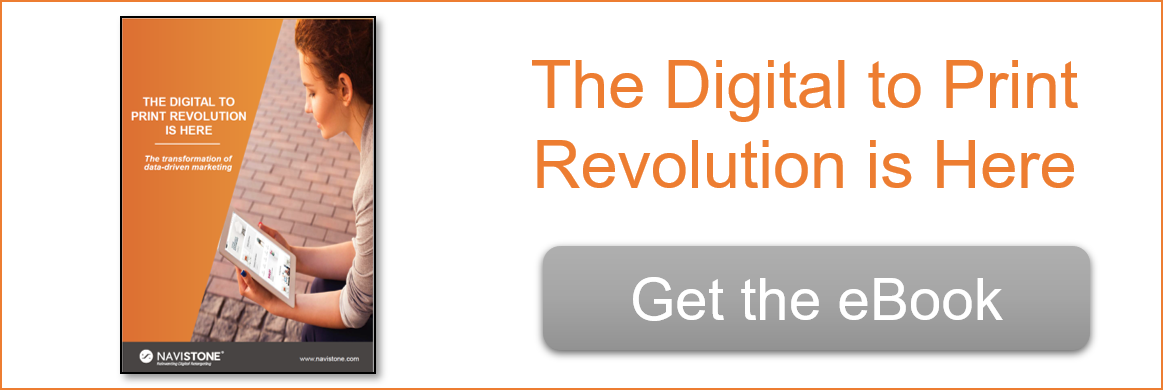
Gaining additional customers is good for the bottom line, but the reality is that attracting new customers can be costly. It’s all about attracting and converting the right types of customers, which ultimately improves your ROI. And when it comes to customer acquisition, the best place to learn how you can engage and provide valuable marketing to the consumer is with intent data.
Predicting New Shopper Intent from Current Customers’ Behavior
One reason why the cost of customer acquisition is so high is that many marketers have spent too much time looking in the wrong places for new shoppers. Businesses have put their resources in quick-fix tactics, like price cuts or flashy advertisements. By doing this, though, they’ve missed out on what is perhaps the most important component of modern marketing.
Marketing has always been akin to a chess game. While many are focused only on their next action, the great players think three moves ahead. They understand the thought processes of the other players. They figure out what the other player is trying to do, and they react accordingly. It’s only through this understanding of their opponent’s strategy that they themselves know how to act, and because they let the game dictate their actions, they’re able to easily adapt to any changes that come their way.
These notions of anticipation and preparation are exactly what we see in well-executed marketing. The best marketers give their audience exactly what they want — not because they’re mind readers, and not because they’re pushing a single standard message onto the consumer, but because they pick up on the actions of their brand advocates, and use them to better understand how to communicate with new prospects. And the secret to accomplishing this is found in understanding the intent of your audience as they move through their path to purchase.
Consider the case of two 65-year-old women. One is active and goes to Target to buy workout clothes and toys for her grandchildren. She may also use her smartphone to make online purchases. The other has health issues and goes to Target mostly for prescriptions and medicine. Two people, same age, same gender, but totally different lifestyles. It’s up to Target to take note of these differences and market to these two women in different ways. That’s what any successful marketer should have the ability to do.
Your ability to reach your desired audience is directly tied to your ability to spot trends and segment based on the lifestyles of your customers. The more you understand what makes your audience tick, the better equipped you’ll be to give them what they want. As we saw in our chess example, you drastically increase your chances of winning if you’re able to think a few moves ahead.
How to Identify and Interpret Intent from Unknown Browsers
Understanding intent is just one part of the puzzle. Piecing intent data together across multiple devices, though, is the much more challenging part of customer acquisition.
Once upon a time, businesses only had to worry about one touchpoint per customer, maybe two. They came into your store, or they bought from a catalog, or maybe they responded to a direct mail piece. But it was rare that these points would intersect. Today, a given customer might visit your website, go to your store, call your customer service number and tweet at your Twitter account — all in the same day! Your problem is twofold — how do you pick up the clues of intent left at each touchpoint, and perhaps more importantly, how do you string these different means of contact together to create one consumer profile?
Let’s start with the signs of buying intent, because, after all, customer acquisition only works when you’re targeting the right people who are sending real purchasing signals. You’ll want to look for clear buying signals, and while these might vary between platforms and industries, they’ll show a clear indication a consumer has definite interest in what you offer. An item left in a shopping cart, a completed online form requesting additional information, a visit to a page about shipping rates — these actions exhibit signs the consumer is thinking about a purchase soon.
But this intent data, as helpful as it is, doesn’t tell the whole story. It shows that an individual might be shopping for something, but this doesn’t tell you anything about the person and how they plan to use your products in the future. It’s an incomplete picture, and it’s one that may lead you to make incorrect marketing decisions if you can’t fill in some gaps.
That’s where tracking intent data across multiple devices comes into play. Thanks to modern developments like cookies and social media, and the ability to use cellphone numbers as a unifying customer id, it’s finally possible to keep track of consumers as they use their various devices to go online. Not only can you pinpoint intent more easily, but you’ll learn more about your newest customers at the same time. Linking a given consumer across multiple devices is important for helping you learn more about your audience. Compiling this data also prevents you from mistakenly thinking one person across five different devices is five different people, a major problem that plagues businesses worldwide. Getting that one consumer profile is priceless, and it’s a big part of how intent feeds into customer acquisition.
Applying Intent to Improve Customer Acquisition
The ability to spot intent and identify a single consumer across multiple devices enables you to better understand the thought process of that individual customer. But what can you do with this data to attract new customers?
When you’re dealing with intent data, you’re looking to understand why people act the way they do. As we saw in our chess scenario, the only way to come out on top is to understand why consumers act the way they act so you can anticipate their next movements. It’s this piece that allows you to segment your audience based on their lifestyles. The earlier example of Target marketing to two completely different 65-year-olds doesn’t work without Target’s commitment to segment based on lifestyles — and, more importantly, the data necessary to make these vitally important distinctions.
After you’ve developed your lifestyle-based segments, your next step is to create paths to purchase for each distinct group. This is one area where your cross-channel intent data will come in very handy. Tracking intent across multiple platforms will show common patterns as people become aware of your product and move closer to an eventual purchase. As you look more closely at the data, you’ll become acutely aware of the decision points made by each consumer — especially the point at which they start to move down the sales funnel.
Knowing the actions leading up to these decision points is where you can really make progress with customer acquisition. The endgame of intent data is to know what your customers are going to do before they do — to find the best prospects and answer their questions before they even think to raise their hands. It’s impossible to do this without the data and the infrastructure of your sales funnel. But when you’re at the point where you can predict consumer behavior, the effectiveness of intent data goes to an even higher level. Now, you can further refine your approach to provide better service and even more value to your future customers — and they’ll repay your efforts with consistent purchases for many years.
If you don’t plan ahead, customer acquisition can be a messy and expensive proposition. But with the right approach, you’ll zero in on the right shoppers and convert them into long-time customers. Intent data is your best friend and your strongest predictor for success in this endeavor. As you become aware of the signs of intent and incorporate those signals into your marketing strategy, you’ll become a well-oiled customer acquisition machine that consistently identifies quality prospects and converts them on a regular basis.


Lookalike Audiences Enhance customer acquisition by identifying high-potential prospects, boosting response rates, and lowering advertising costs.
Retargeting Postcards Double the performance of your direct mail retargeting.
Amplify Recognize unknown visitors who are actually customers. Add 20-40% to your ESP/CRM campaigns.
IQ Mail Retain customers with personalized, timely messages for those opting out of digital channels.






Comments